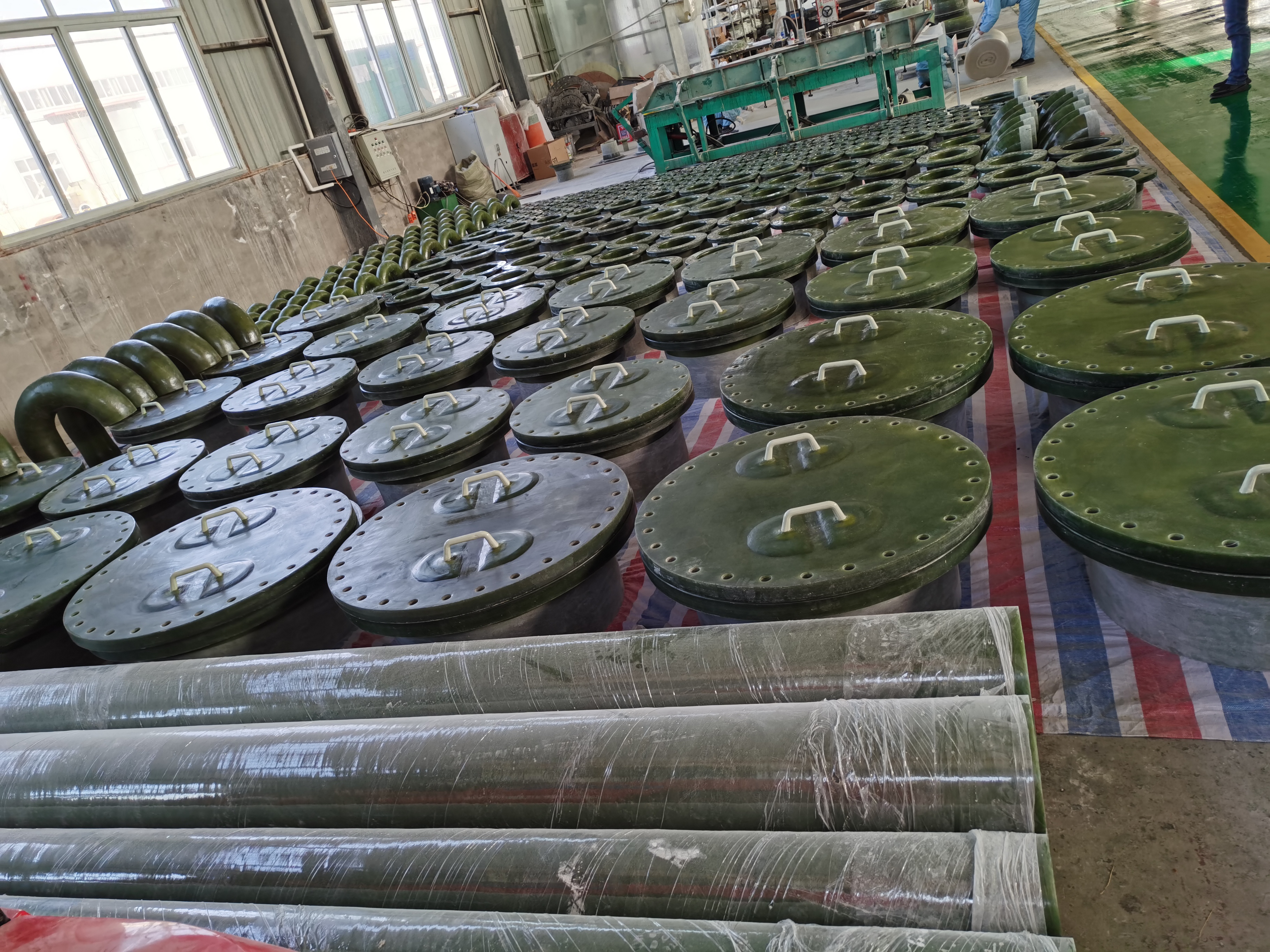
-
 Afrikaans
Afrikaans -
 Albanian
Albanian -
 Amharic
Amharic -
 Arabic
Arabic -
 Armenian
Armenian -
 Azerbaijani
Azerbaijani -
 Basque
Basque -
 Belarusian
Belarusian -
 Bengali
Bengali -
 Bosnian
Bosnian -
 Bulgarian
Bulgarian -
 Catalan
Catalan -
 Cebuano
Cebuano -
 China
China -
 China (Taiwan)
China (Taiwan) -
 Corsican
Corsican -
 Croatian
Croatian -
 Czech
Czech -
 Danish
Danish -
 Dutch
Dutch -
 English
English -
 Esperanto
Esperanto -
 Estonian
Estonian -
 Finnish
Finnish -
 French
French -
 Frisian
Frisian -
 Galician
Galician -
 Georgian
Georgian -
 German
German -
 Greek
Greek -
 Gujarati
Gujarati -
 Haitian Creole
Haitian Creole -
 hausa
hausa -
 hawaiian
hawaiian -
 Hebrew
Hebrew -
 Hindi
Hindi -
 Miao
Miao -
 Hungarian
Hungarian -
 Icelandic
Icelandic -
 igbo
igbo -
 Indonesian
Indonesian -
 irish
irish -
 Italian
Italian -
 Japanese
Japanese -
 Javanese
Javanese -
 Kannada
Kannada -
 kazakh
kazakh -
 Khmer
Khmer -
 Rwandese
Rwandese -
 Korean
Korean -
 Kurdish
Kurdish -
 Kyrgyz
Kyrgyz -
 Lao
Lao -
 Latin
Latin -
 Latvian
Latvian -
 Lithuanian
Lithuanian -
 Luxembourgish
Luxembourgish -
 Macedonian
Macedonian -
 Malgashi
Malgashi -
 Malay
Malay -
 Malayalam
Malayalam -
 Maltese
Maltese -
 Maori
Maori -
 Marathi
Marathi -
 Mongolian
Mongolian -
 Myanmar
Myanmar -
 Nepali
Nepali -
 Norwegian
Norwegian -
 Norwegian
Norwegian -
 Occitan
Occitan -
 Pashto
Pashto -
 Persian
Persian -
 Polish
Polish -
 Portuguese
Portuguese -
 Punjabi
Punjabi -
 Romanian
Romanian -
 Russian
Russian -
 Samoan
Samoan -
 Scottish Gaelic
Scottish Gaelic -
 Serbian
Serbian -
 Sesotho
Sesotho -
 Shona
Shona -
 Sindhi
Sindhi -
 Sinhala
Sinhala -
 Slovak
Slovak -
 Slovenian
Slovenian -
 Somali
Somali -
 Spanish
Spanish -
 Sundanese
Sundanese -
 Swahili
Swahili -
 Swedish
Swedish -
 Tagalog
Tagalog -
 Tajik
Tajik -
 Tamil
Tamil -
 Tatar
Tatar -
 Telugu
Telugu -
 Thai
Thai -
 Turkish
Turkish -
 Turkmen
Turkmen -
 Ukrainian
Ukrainian -
 Urdu
Urdu -
 Uighur
Uighur -
 Uzbek
Uzbek -
 Vietnamese
Vietnamese -
 Welsh
Welsh -
 Bantu
Bantu -
 Yiddish
Yiddish -
 Yoruba
Yoruba -
 Zulu
Zulu
Customized FRP Fittings - Tailored Solutions for Your Needs
Understanding FRP Customized Fittings An Overview
Fiber-reinforced polymer (FRP) has revolutionized various industries by offering lightweight, strong, and corrosion-resistant materials. Among the many applications of FRP, customized fittings stand out as essential components in a variety of systems, ranging from piping to structural reinforcements. This article explores the significance of FRP customized fittings, their manufacturing process, and their advantages.
Understanding FRP Customized Fittings An Overview
The manufacturing process of FRP customized fittings generally involves advanced techniques such as filament winding, resin infusion, or hand lay-up. These methods allow for the creation of complex shapes while maintaining superior strength and weight characteristics. The use of various types of fiberglass and resins enables manufacturers to optimize properties such as stiffness, thermal resistance, and chemical resistance, making FRP fittings suitable for a broad range of applications.
frp customized fittings

One of the significant advantages of FRP customized fittings is their inherent corrosion resistance. Unlike metal fittings, which can succumb to rust and degradation in harsh environments, FRP remains unaffected by exposure to chemicals, moisture, and extreme temperatures. This quality not only extends the life of the fittings but also reduces maintenance costs over time.
Additionally, the lightweight nature of FRP fittings simplifies installation and handling, lowering labor costs and construction time. On-site adjustments are also more manageable, as these fittings can often be modified more easily than traditional materials. This flexibility gives designers and engineers the ability to make last-minute changes without incurring significant delays or expenses.
Furthermore, the superior strength-to-weight ratio of FRP fittings contributes to their structural integrity. In applications where load-bearing is critical, FRP customized fittings can provide robust support while minimizing weight, which is particularly important in aerospace and automotive industries.
In conclusion, FRP customized fittings represent a critical advancement in material science, offering tailored solutions for modern engineering challenges. Their corrosion resistance, lightweight nature, and adaptability make them an ideal choice in a range of applications, facilitating enhanced performance and longevity in demanding environments. As industries continue to seek innovative materials, FRP fittings are likely to play an increasingly significant role in future developments.
Latest news
-
Exploring the Benefits of Top Hammer Drifter Rods for Enhanced Drilling PerformanceNewsJun.10,2025
-
High-Precision Fiberglass Winding Machine for GRP/FRP Pipe Production – Reliable & Efficient SolutionsNewsJun.10,2025
-
FRP Pipes & Fittings for Shipbuilding - Corrosion-Resistant & LightweightNewsJun.09,2025
-
Premium FRP Flooring Solutions Durable & Slip-ResistantNewsJun.09,2025
-
Premium Fiberglass Rectangular Tanks Durable & Lightweight SolutionNewsJun.09,2025
-
Tapered Drill String Design Guide Durable Performance & UsesNewsJun.09,2025









